As exciting as action photography can be, it can also be a difficult task to complete. You might only have a split second to take the shot, all the while your subjects are moving and jumping around. In contrast to other photography genres, action photography requires fast lighting reflexes, a strong base in composition, and other picture components. Here are a few tips for capturing stunning images in motion.
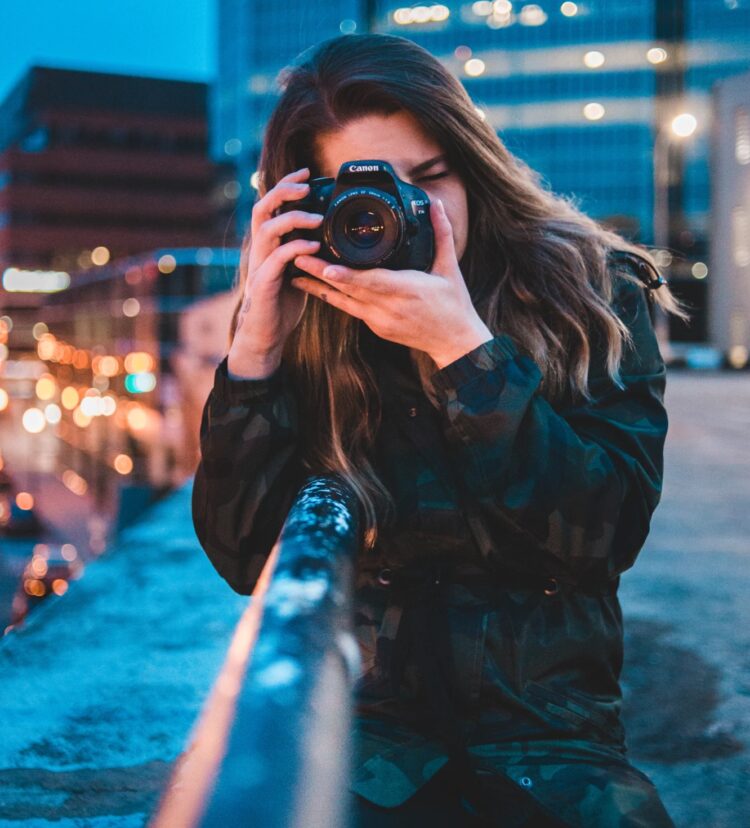
1. Background is important
When it comes to any genre of photography, the background is always important. Be aware of the surrounding area when shooting, you don’t want a background that is going to take attention away from the picture itself but rather complement it. According to Adam Feuerman a good background will improve the picture while at the same time add to the story by supplying useful detail about the setting. This is what Los Angeles Cinematographer Adam does when taking action shots, he finds an area that adds to the story of the event he is shooting, therefore enhancing the story.
Remember that the subject of your image whether it be an athlete, dancer, or singer, is the main focus so blurring the background is also very important in order to divide the two. For example, if you are photographing an athlete and there are onlookers in the background, their presence could distract and take attention away from the subject if the background isn’t blurred. Focusing on the subject and blurring the background is necessary because then the image becomes more of an abstract and impressionistic art piece rather than an action shot.
Additionally, backgrounds are used to emphasize the image in a way the makes them stand out without being distracting. A good background is important for the composition of the image since it highlights the subject and enhances the image. Finding the best background for shooting isn’t difficult and with practice, you will be able to judge and identify what works best for your pictures.
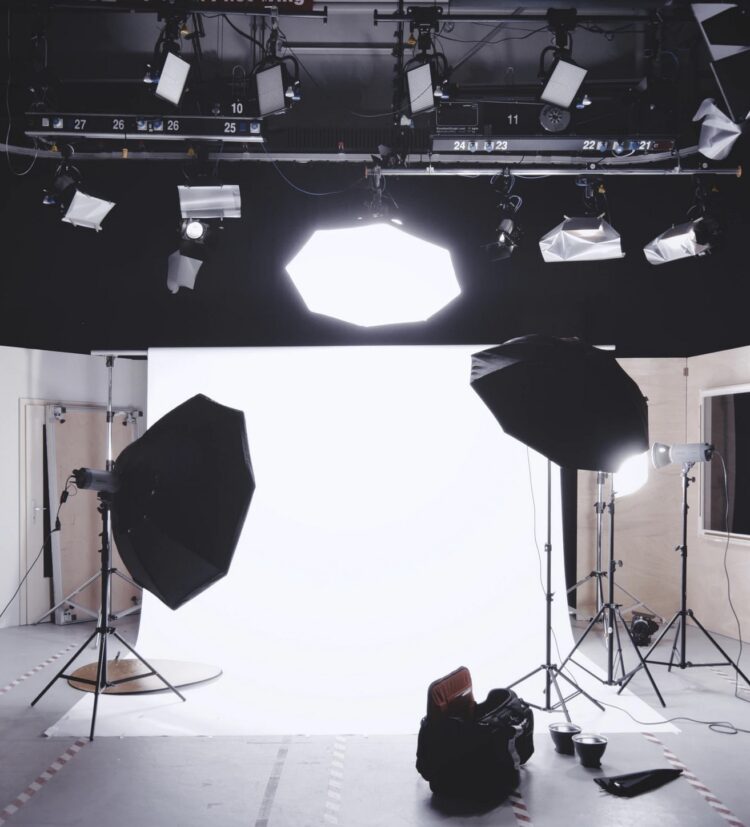
2. Check your lighting
Lighting not only affects the brightness and shadows but also affects the atmosphere, mood, and tone of the image. For example, in action photography, if you can’t use shutter speed but still want to freeze motion using flash is the best option in doing so. Your camera’s sensors only recognize the brief momentarily light and capture it whereas the flash allows you to take a picture of your subject frozen in motion.
Exposure and quality are directly associated with the level of light that enters your shot. To acquire the image you want, you will need what the surrounding lighting will enable you to shoot and how you can modify that lighting to your certain needs and preferences.
What worked best for Adam Feuerman, the Los Angeles Cinematographer when taking difficult action shots, especially in low and dim lighting, is:
- Keeping the aperture as open as possible
- Keeping the shutter speed higher than 1/2000 (for high-speed action)
- Setting the ISO higher -if the frame is too dark- than the shutter speed
For action shooting a high ISO is normally recommended. The high light sensitivity allows you to use faster shutter speeds in a wider range of light conditions, leading you to completely freeze motion. However, composition and focus continue to be the most important factors.
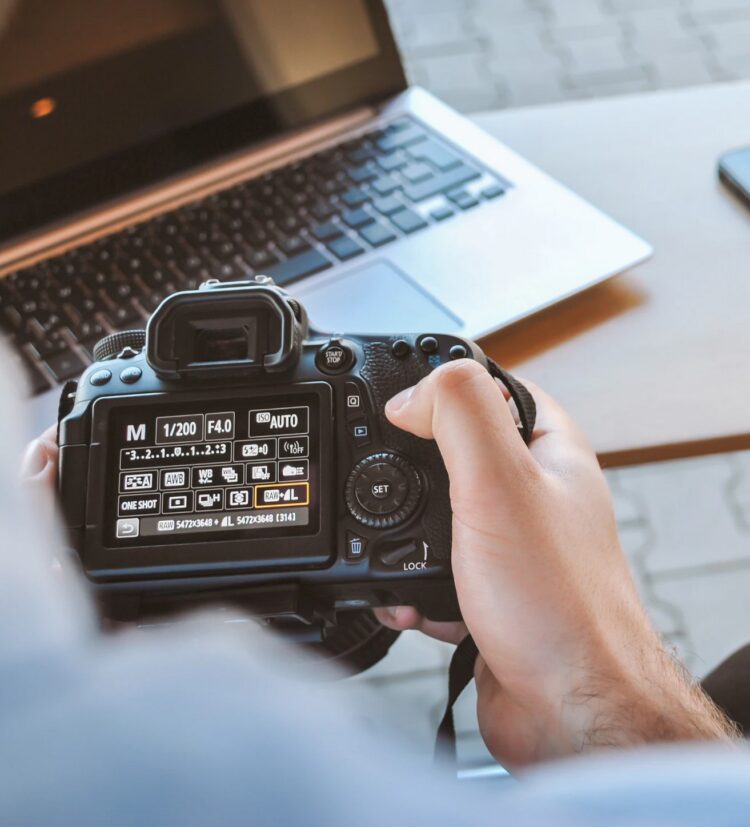
3. Focus on the moment you want to capture
You want to concentrate and capture the action’s perfect key moment. For example, in football, the perfect moment of action is right when the player is about to kick the ball. In one single shot, you can capture the player kicking the ball, the goalkeeper trying to deflect the ball as well as other players caught in action in the background.
In action photography, you should always aim to capture the subject while the action is at its most powerful moment and can reach the maximum impact. When capturing snowboards jumping off a slope, you should know whether you want the highest aspect of the jump, the landing, or the takeoff. If you know how to arrange the shots in order to have the most fascinating element of the action, your photography can be mesmerizing.
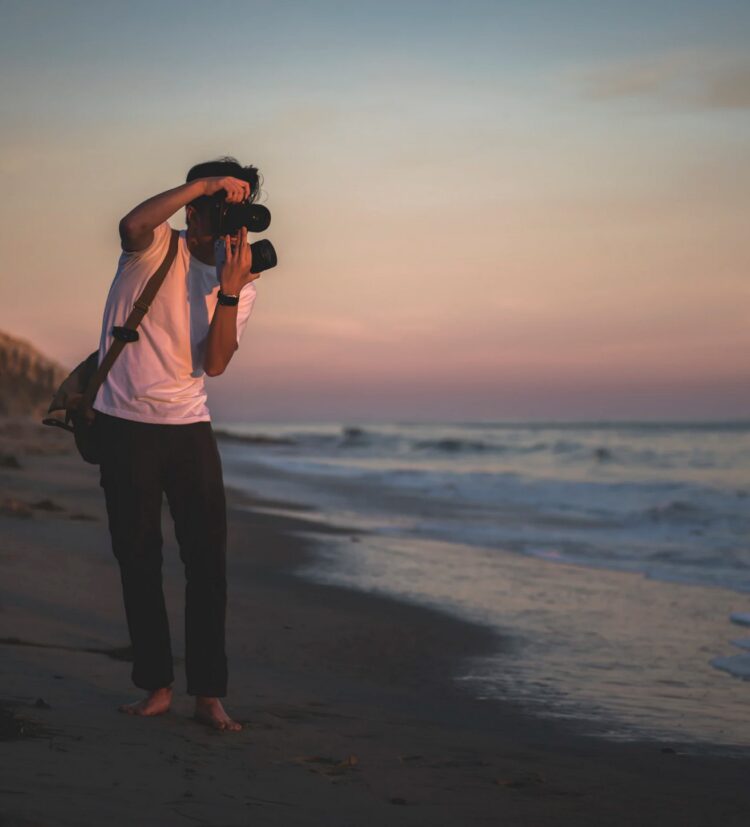
4. Freeze the movement
With other genres of photography, when your subject isn’t shifting and moving around when taking pictures, you have a variety of camera settings to achieve proper exposure. Whereas, with action photography, the shutter speed must be prioritized in order to allow you to freeze the action as well as prevent blurry images.
With a shutter speed of 1/100 second, it is possible for you to freeze the motion of someone who is moving at a relaxed, slow pace. However, in the case where the individual is running, jumping, or dancing, depending on the speed of the subject you will need about 1/500th, 1/1000th, or even faster to freeze action. The quicker your subject is, the faster your shutter speed needs to be.
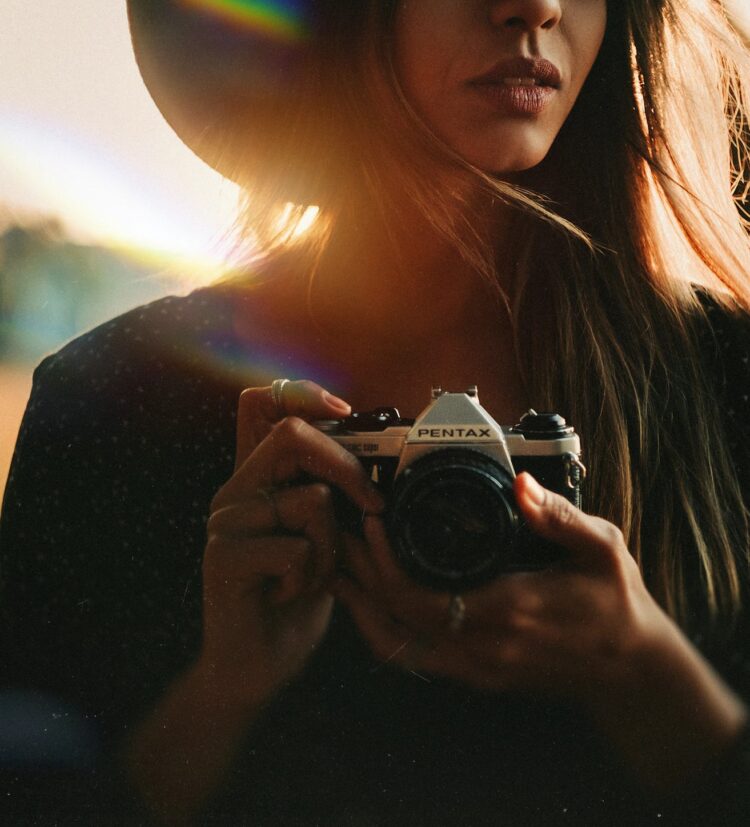
5. Experiment with low angles
Trying various and interesting angles will help us see the world from a different perspective as well as help you create truly distinctive photos. For example, getting down and doing shots from a low angle, will make your subject appear bigger and greater. This is one of the most important and less known tips in action photography.
The images shot at low angles also have a tendency to represent fragility and helplessness which also seems illogical given that they may simultaneously represent strength. However, photographers use this method at a variety of gatherings and events, not to mention that this method captures the motion blur of the dancers on stage. It provides the public with a new viewpoint and contributes to the show’s excitement.
Additionally, shooting from this angle also adds more texture to the image where the photographer strives to make the subject look more powerful and dramatic. To do this kind of shooting, you would need to invest in a monopod because it will help you in keeping the camera balanced and stable when positioning yourself in odd angles.
The post 5 Tips for Stunning Action Photography appeared first on FotoLog.
from FotoLog https://ift.tt/3vErdvV
via IFTTT


0 Comments